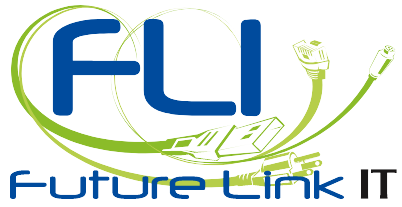 Focus on what’s most important.
Focus on what’s most important.
Businesses – particularly in urban areas – have several options for internet service. These include DSL, cable or fiber optic high speed internet service and the various tiers offered by each provider.
Diving into the details of internet packages can feel overwhelming.
Focus on just three key points, however, and you’ll feel less overwhelmed and more confident in your choices.
1. The type of service
There are three main types of internet service. Each has advantages and disadvantages.
DSL (Digital Subscriber Link) uses your phone line to provide internet service. You’ll share the available bandwidth with others in your area. In addition, uploads are slower than downloads with DSL. If your business requires you to frequently upload a high volume of files or large files, you may find DSL is impractical to use.
Cable internet uses cable TV infrastructure to transmit data. You’ll share the available bandwidth not only with the expected cable TV shows, but also with other users in your area. The more people using the connection at the same time, the slower your performance will be.
Fiber optic is the fastest type of internet connection. If available in your area, it offers several advantages over DSL and cable – including dedicated bandwidth. However, fiber optic service is more expensive than other options.
2. How you use the internet
It may seem obvious, but it’s important to consider all the ways you use, or plan to use, the internet.
Internet Service Providers (ISP) offer a couple of service levels for each connection type. The main difference between levels is the bandwidth speed. Choosing a suitable speed is one of the key decisions you must make.
If your business involves web conferencing, streaming high definition video, VOIP, file sharing or cloud computing you may need high quality, consistent service such as that provided by a fiber connection.
In addition, your bandwidth needs are proportionate to the number of employees you have. The more people using your connection at the same time, the more bandwidth you’ll need.
It’s also important to consider both download and upload speeds. Business packages typically provide a download and upload speed suitable to meet most of your needs. However, you may need more upload speed if you use VOIP, transfer large documents or have a large number of remote workers
3. Reliability
Review your provider’s Service Level Agreement (SLA). The SLA is an indicator of how reliable your service will be and how much uptime you can expect.
SLAs are a contract between your business and the ISP. The exact metrics for each SLA will vary depending on the ISP, but should always include specifics about speed, reliability, responsiveness, monitoring, support and constraints.
SLAs should also detail your compensation if the terms are not met.
Fiber optic SLAs offer a guaranteed speed. If your connection does not meet that guaranteed speed, or is out for more than four hours, you’ll receive a fair refund or credit. If service goes down for 24 hours or more, you may receive as much as one month free.
Cable and DSL are best effort plans. Typically, your service must be down for at least 24 hours before you’ll receive any credit. Even so, your credit will only be for about 1/30th of your bill.
Call us. We can sit down with you to determine your bandwidth needs and review the different high-speed internet options available for your business.

